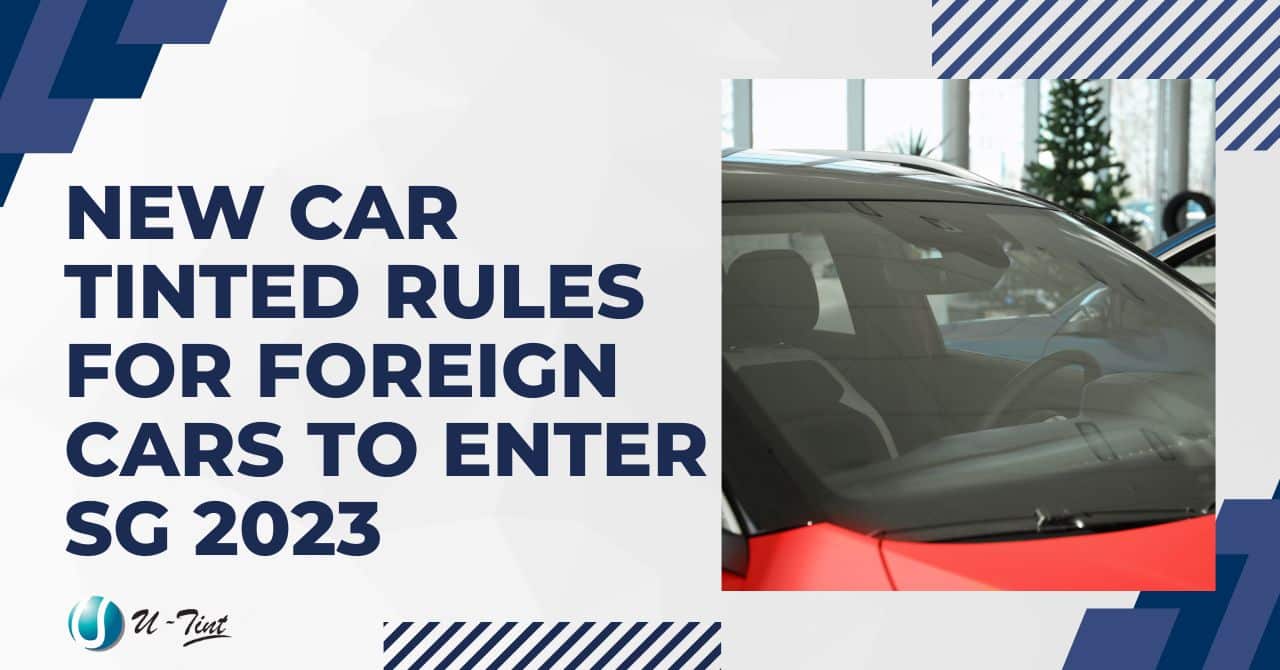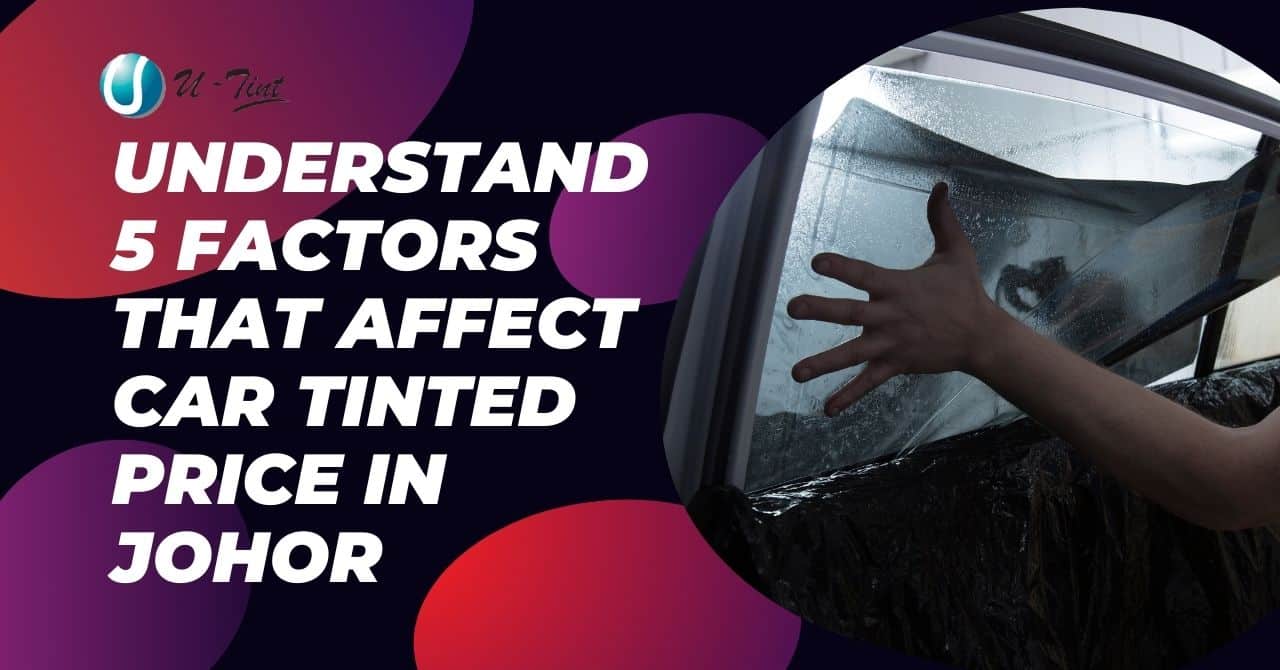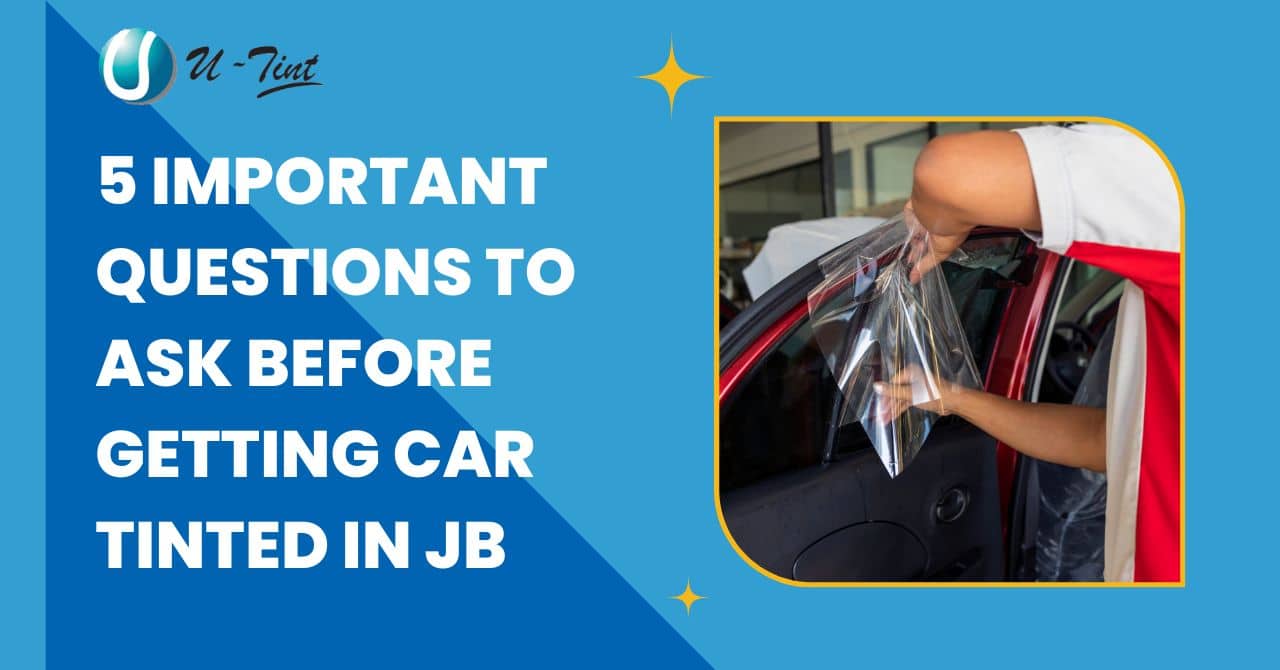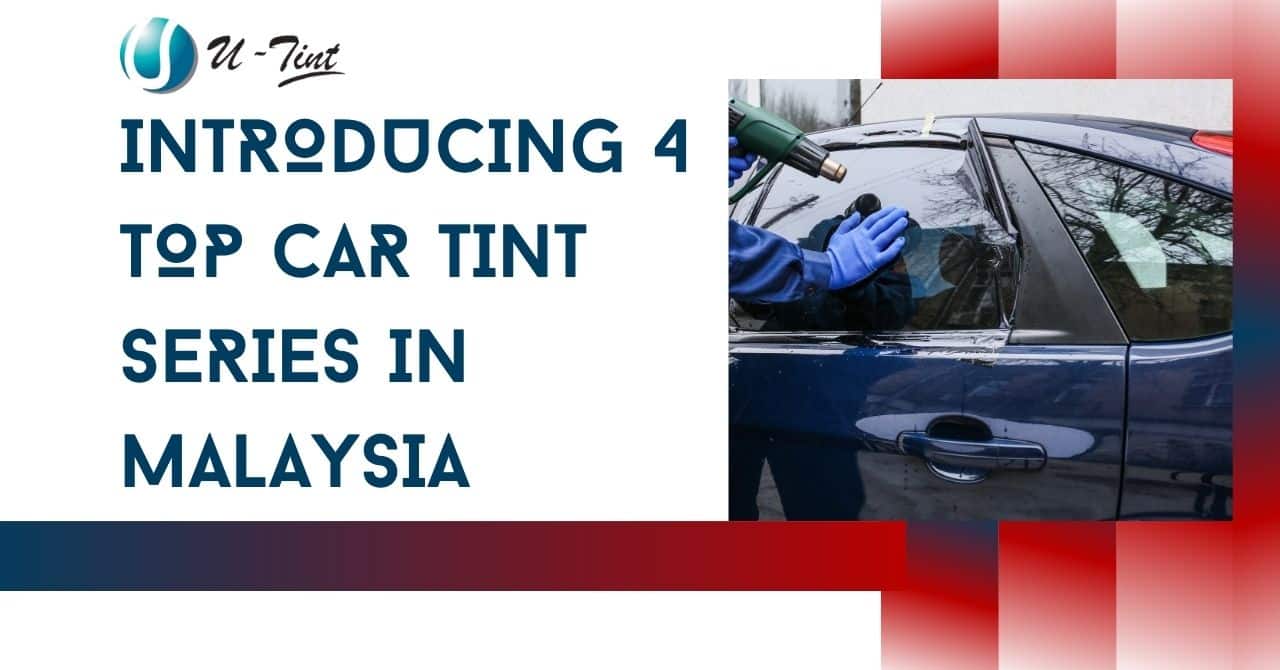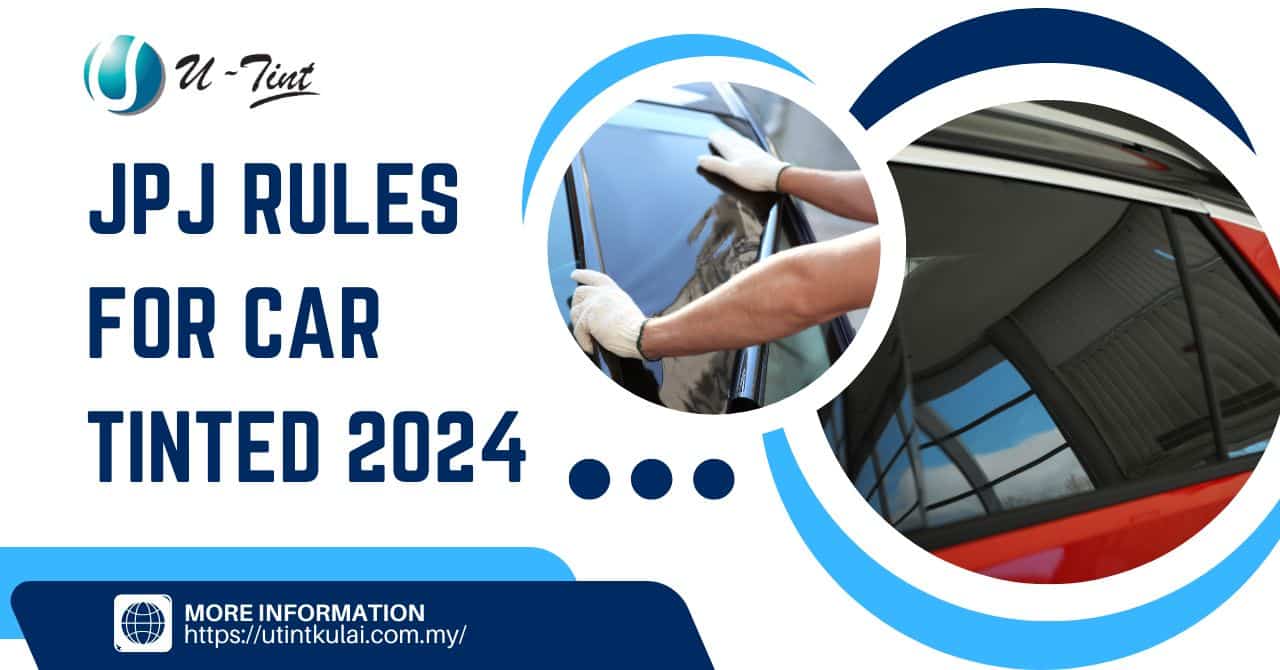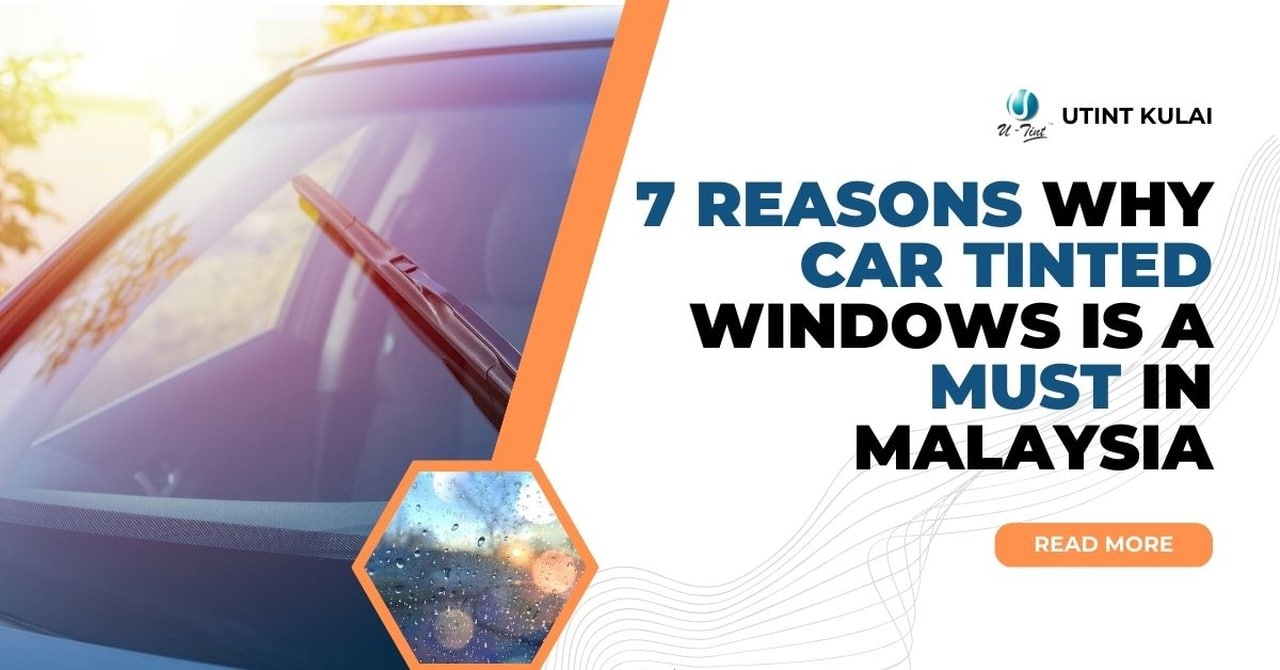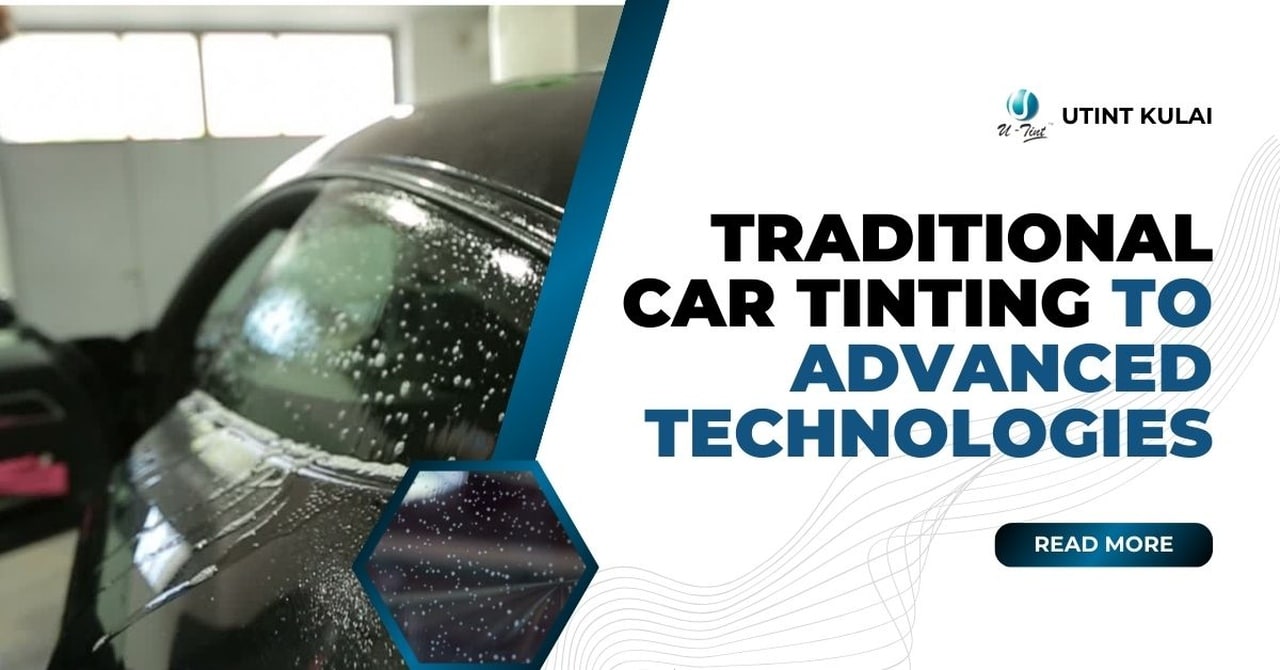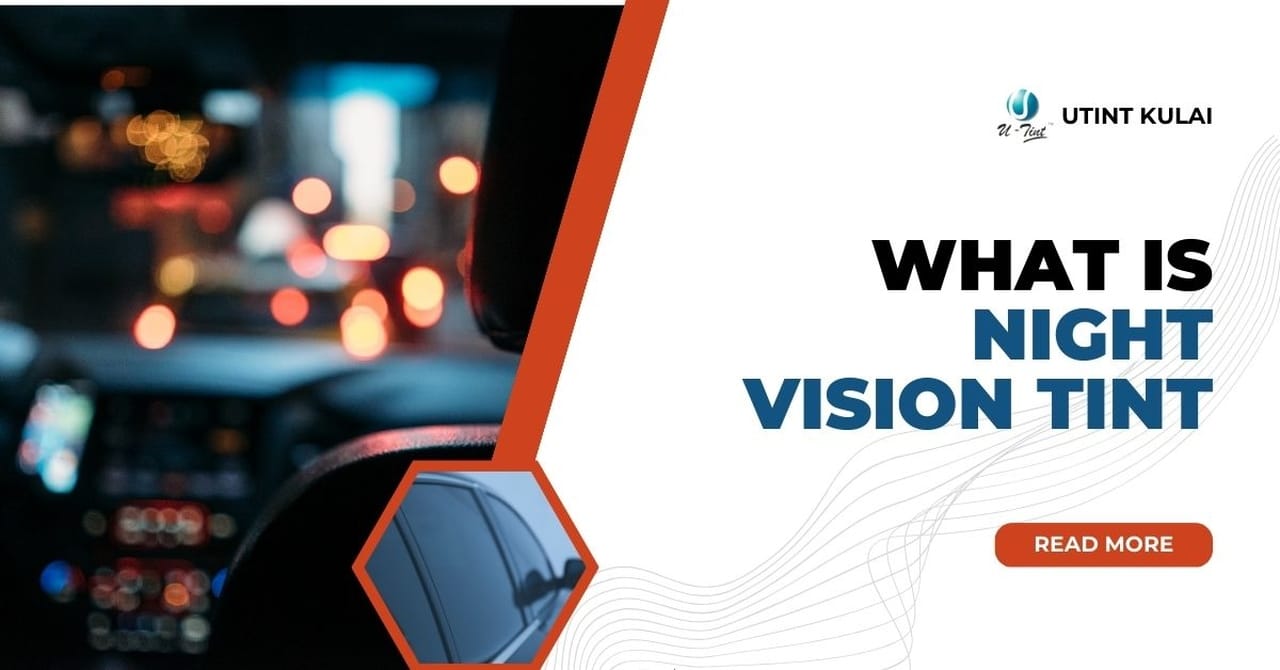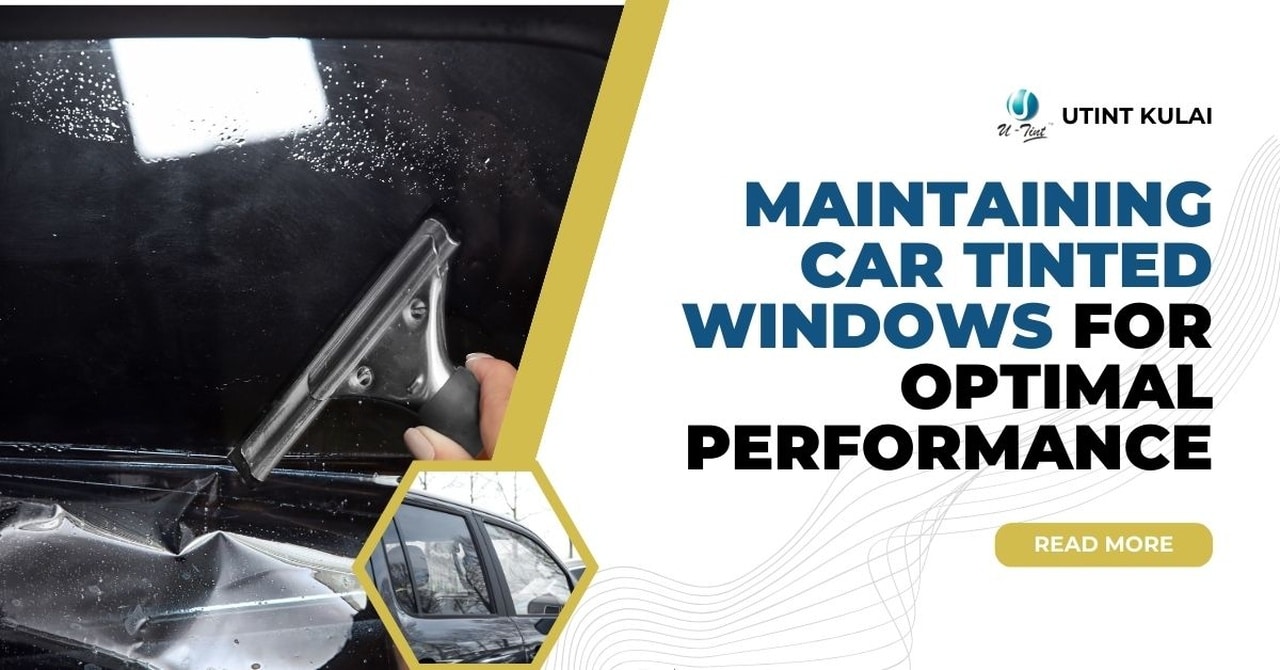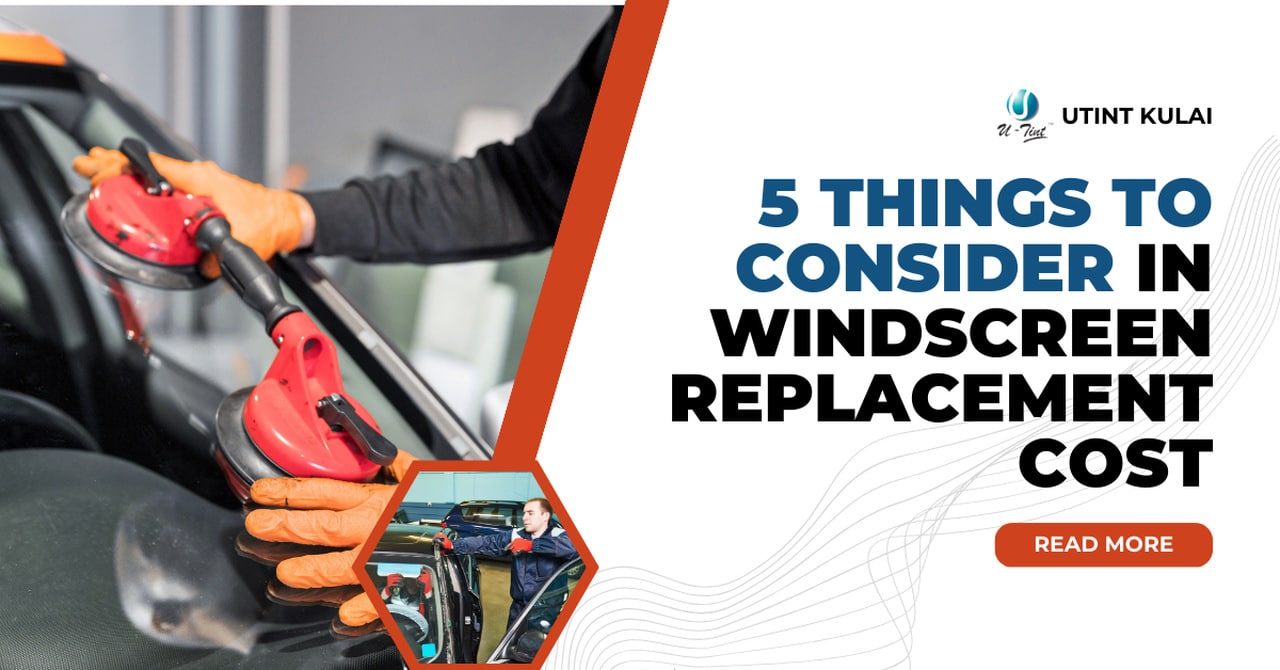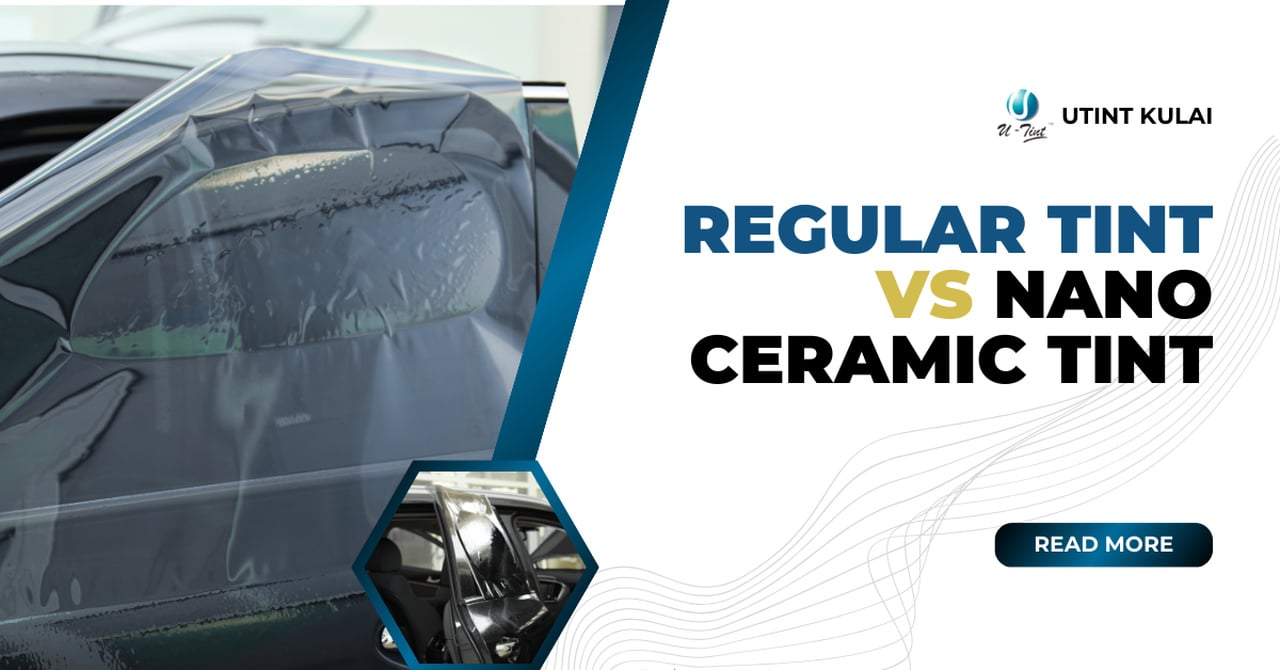Most car owners will have their cars tinted to reduce the heat that enters the car. But there are rules to obey when you decide to add the coating to your care, and how much do you know about car tinted?
There are various level of tinted levels to choose from. We have written an article on car tinted rules approved by JPJ Malaysia previously. You can read it if you are not sure about it yet. But do you know that if you are driving to Singapore, there are also rules to obey for car tinting?
If you are driving to Singapore often and have not heard about the latest car tinted rules, you want to read on. In this article, we will explain more about the rules you need to follow for driving a car into Singapore.
Latest Car Tinted Rules To Travel To Singapore

For those who travel to Singapore frequently or are planning to go to Singapore and have their car tinted, there’s the latest update on the car tinted rule.
So, let’s take a look at the updated car tinted rules:
- The front windscreen will need at least 70% VTL.
- Windows at the driver and co-driver side will also need at least 70% VTL.
- The VTL for rear windows and rear windscreen will be 25%.
So, if you are entering Singapore, make sure your VTL fulfills the above requirement. Those who fail to meet the above requirements will be prohibited from entering Singapore. This latest rule has started from 01/12/2023.
What Is Visual Light Transmission (VLT)?
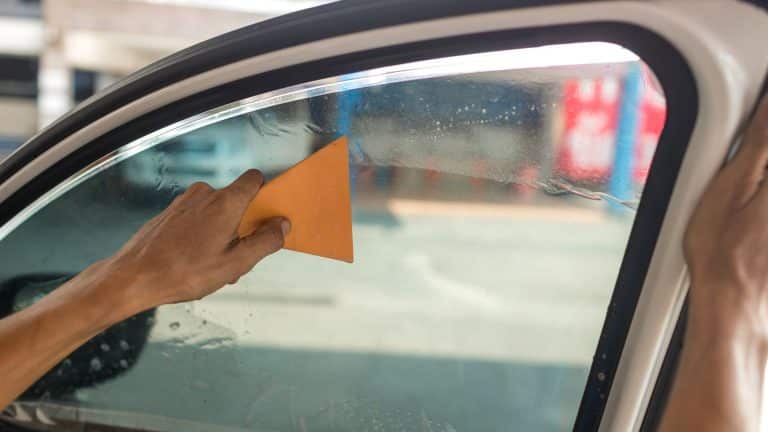
Visible light transmission, also known as VLT, refers to the amount of light entering your car through the window. The tint percentage will affect how much light you can block from entering your car.
For example, a 70% tint refers to 70% of light entering your car, and roughly 30% is reflected. The lower the percentage is, the darker the film will be. This means a lower VLT can block more lights and UV, and your car will be darker.
Nowadays, automakers may have to install some tinting when manufacturing the cars. Consider the original tint if you decide to add tint to your car. If you want to know the VLT percentage of your window, you can find a professional to help you check. If not, you can check it yourself by buying a device that reads VLT.
Different Tint Percentages
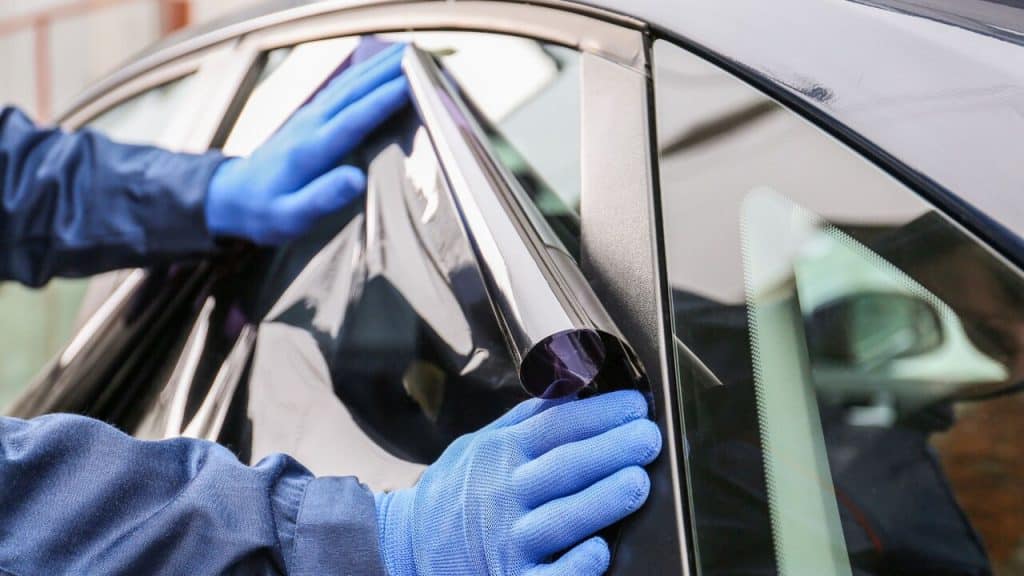
There are different tint percentages when you decide to tint your car windows. Different tint percentages have different levels of visual light transmission (VLT). It depends on how visible the car owners want.
We will find out the tint percentages that car owners often use. Each country has its own requirements for car tinted rules, so understand the rules in the country you stay in.
70% Tint: This percentage level is a basic VLT for many cars. It is still visible where others can still clearly see what’s inside your car, but you won’t be protected much from the UV rays. It is still able to regulate the temperature compared to clear windows.
50% Tint: This is an ideal percentage level where it blocks half of the lights to enter into your car. You will have better protection from the UV rays. It will be darker than 70% tint without compromising your vision. But it won’t be suitable if you are looking for privacy.
35% Tint: This level has lower visibility, which many car owners prefer. You can still see through from the outside but won’t be able to see very clearly. It can also give a stylish look to your cars. It is suitable for those who want privacy and protection from UV rays.
5% Tint: Also known as limo tint percentage, it is often used for transportation that fetches celebrities. If you need privacy, this is a good choice. This is because it blocks 95% of the incoming light. It would be hard for people to look into the car. This is usually illegal in most countries. Some countries may only allow for the rear windows and windscreen.
Why Need To Implement Car Tinted Rules?

You may be one of the car owners who get your car window tinted, and there must be a reason for it. The most common reasons are reducing the heat and having some privacy. But many countries have their own law on tinted car windows, and you may be wondering why.
You should know that when you get your car window tinted, a limited amount of visible light will get into your car. One of the reasons for having regulations on cars tinted is that it can be more difficult to see the road situation when you get your car window tinted too dark. It may lead to fatal accidents with limited view. It helps to ensure the safety of the road user with visible views.
Another reason is that it can be difficult for law enforcement to identify drivers if the driver hit and run. It also helps to protect the safety of police when there is a roadblock. This is because police officers will find it easier to establish eye contact with suspects. In some countries, you will find police carrying portable “tiltmeters” to read the VLT.
What To Consider When Choosing Window Tint Percentage?

There are many factors to consider when deciding on the tint percentage. First of all, determine why you want to tint your car window. It can be for privacy, reducing heat, or protecting you and your passengers from UV rays.
If you want to avoid UV rays but don’t need your windows to be too dark, consider getting a translucent film. It can help to keep you protected from the UV with little darkness. It can also keep the interior of your car looking new.
If it is for safety purposes, you may consider getting a darker film. If you want a more comfortable driving experience, opt for a tint percentage to keep the lights out without darkening too much of your windows.
You should also consider the quality of the film. It is best to opt for high-quality film, which you can buy from a professional tinting shop such as U-Tint Kulai.
Most of the time, retailer films will have shorter lifespans. You will need to replace it more often than usual. Getting high-quality films from a professional shop can help you save in the long run.

